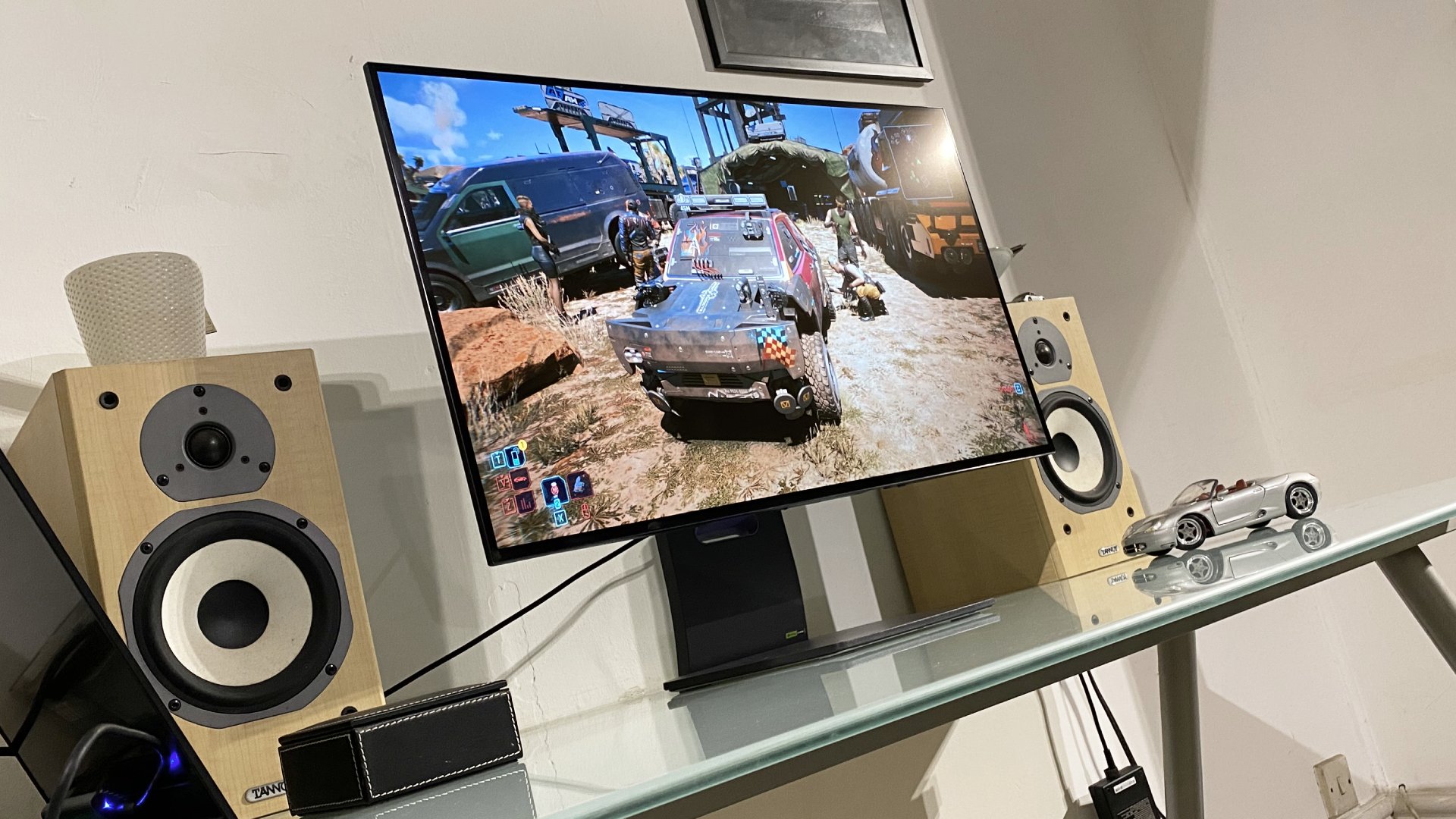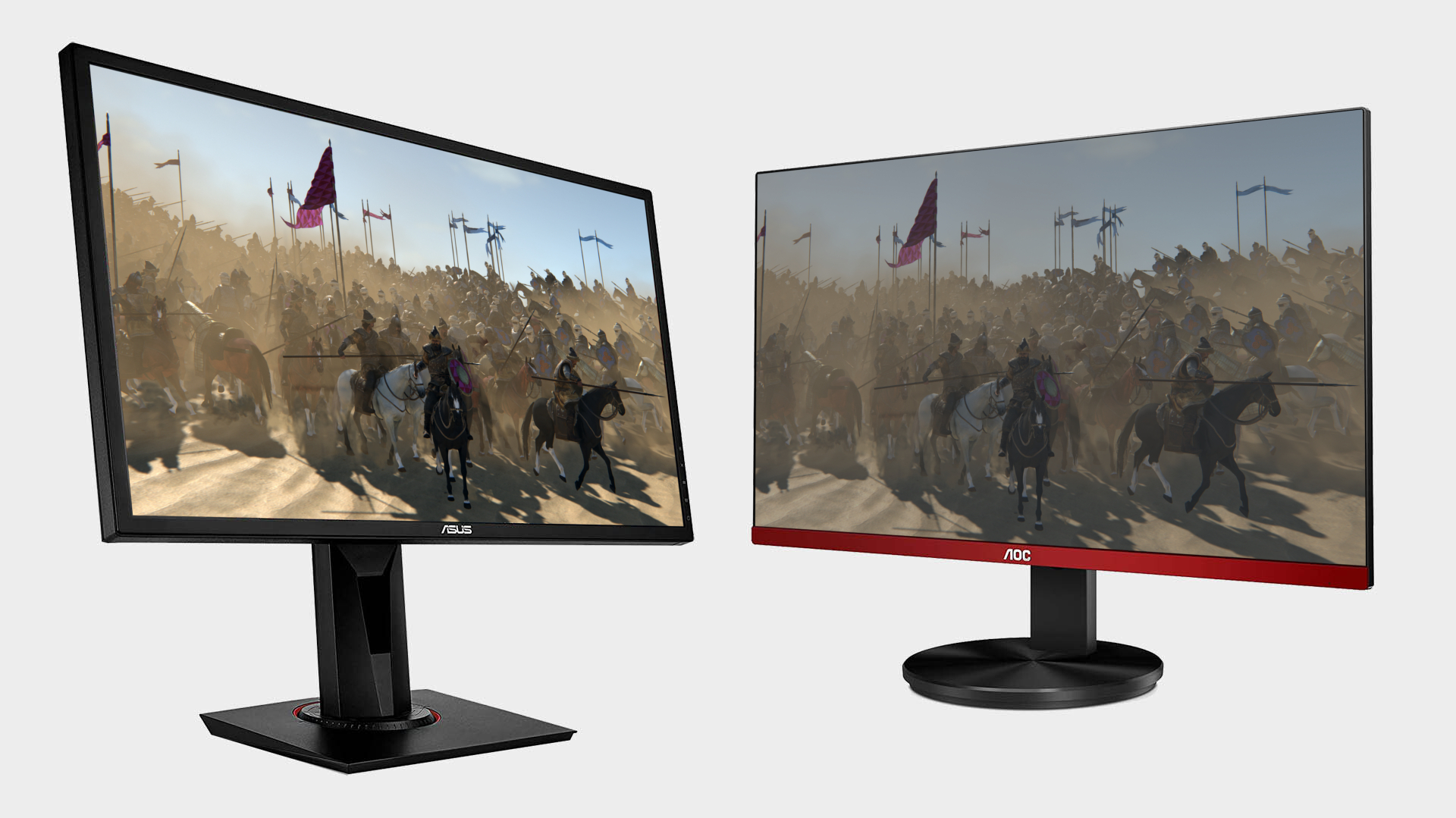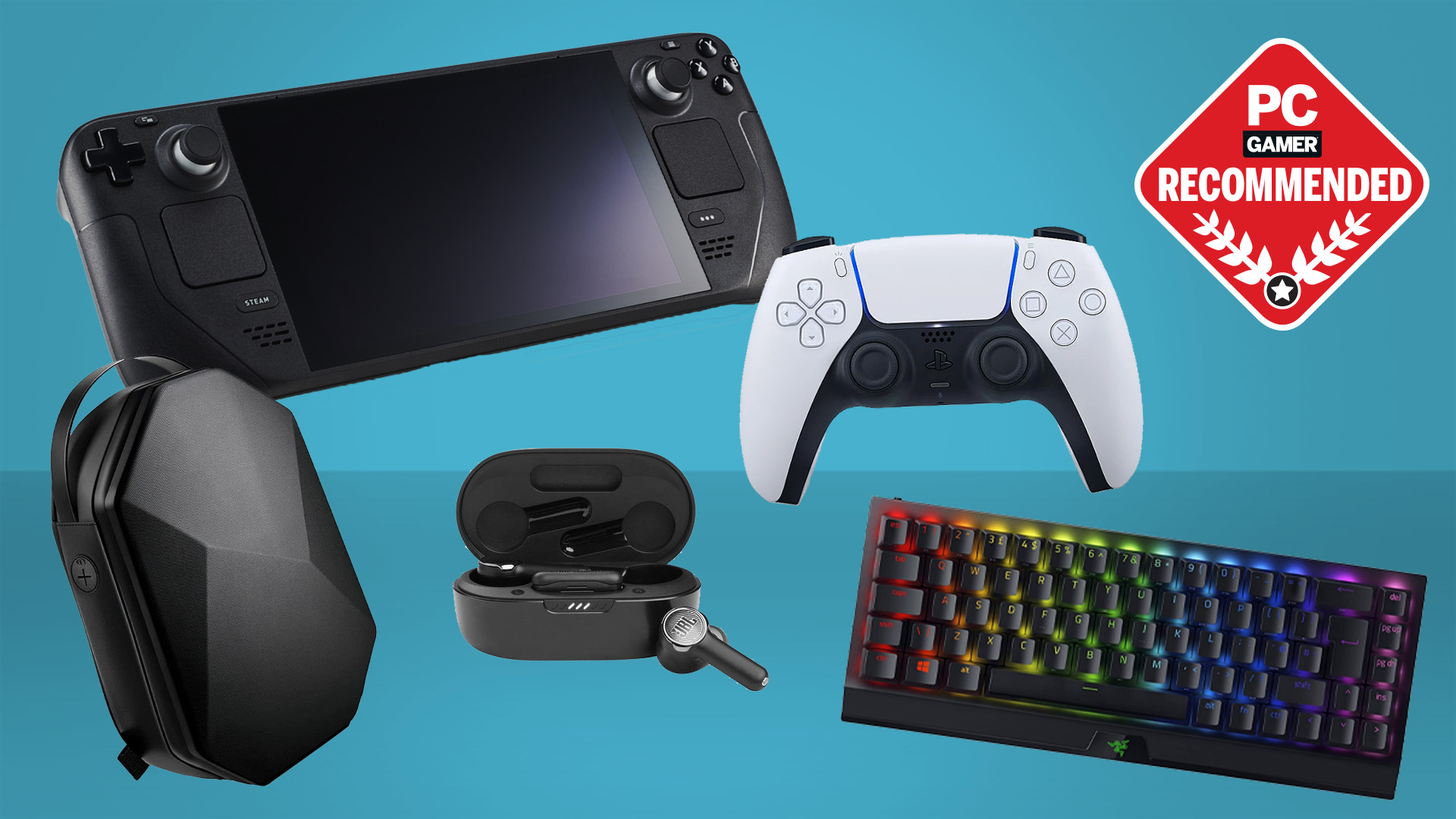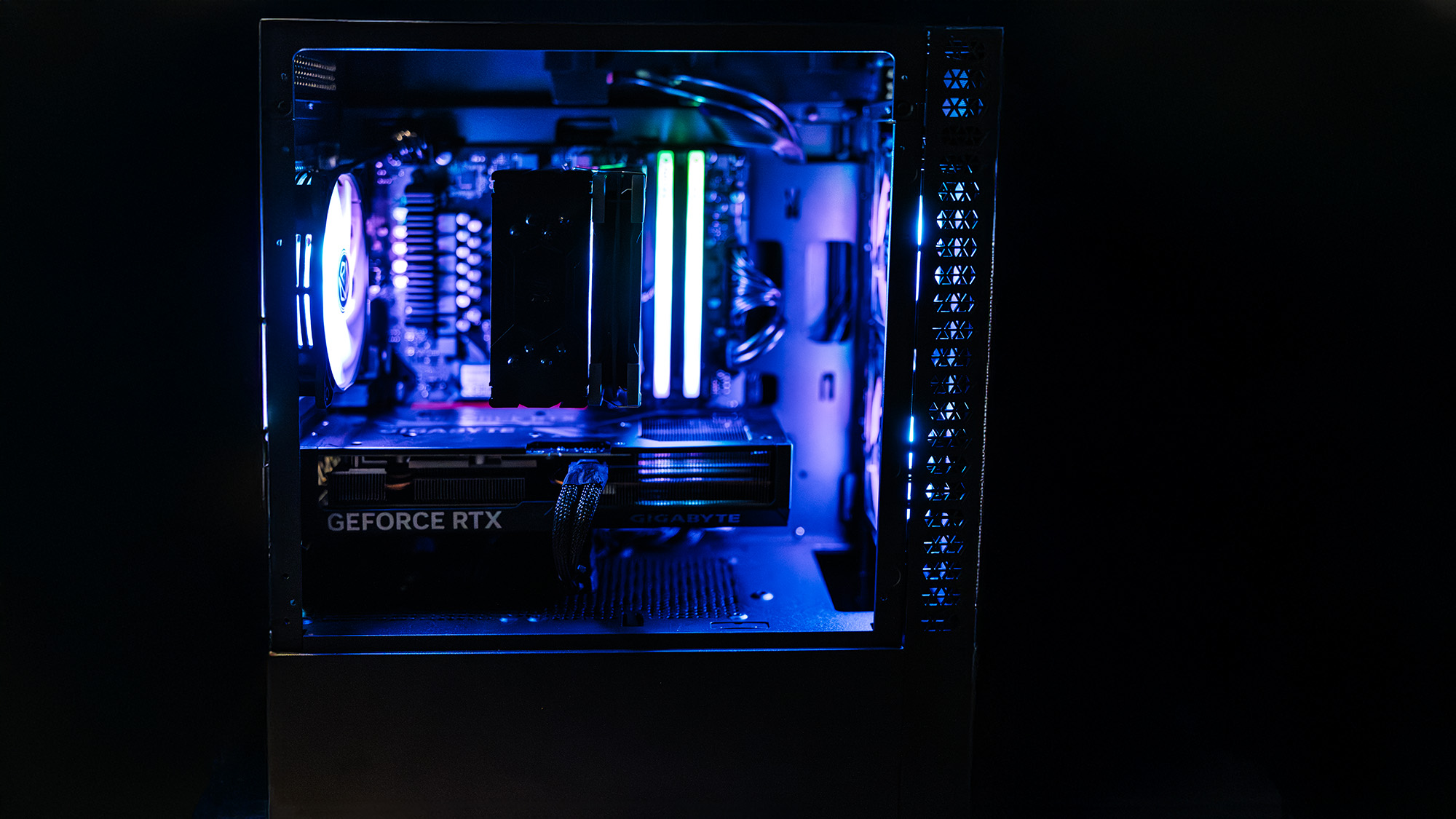OLED monitor market set to grow from just $75 million in 2022 to $1 billion in 2025 as LG commits to much brighter gaming OLEDs
Will your next gaming monitor be OLED?

Back in January, we reported on a claim from LG that fully 22% of gaming monitors "sold today" are OLED panels. Now LG has put some numbers on that, explaining in a new press release that the market for OLED PC monitors will grow from just $75 million in 2022 to over $1 billion in 2025. Meanwhile LG also said it will bring its latest, much brighter TV OLED tech to PC monitors.
That $1 billion figure is obviously a forecast. However, it's plausible given that LG says analyst outfit Omdia puts the OLED monitor market in 2024 at $793 million. For 2024, it's estimated that OLED accounted for 13.3% of the gaming monitor market.
At first glance, both the 13.3% figure for 2024 and the January estimate of ongoing sales of 22% seem awfully high. After all, big brand OLED monitors kick off at around $600, making even the cheapest models very expensive.
Put another way, can one fifth of gaming monitors really be $600-plus OLEDs? The reality is probably more complicated. There are reports, for instance, of the Chinese market being flooded with cheap 27-inch 1440p OLED panels from brands that tend not to register or even be available in the US or Europe.
Anecdotally, it's been somewhat surprising just how many major monitor brands have leant into OLED tech and likewise just how many OLED models they have launched. There are now so many, it's a full time job keeping up.
In short, were OLED tech in monitors only being adopted very gradually by gamers, it seems unlikely that so many models would be released onto the market. Well, according to these figures from LG, OLED tech is indeed being adopted in the monitor market much faster than it was in TVs.
LG also pointed out that "Korean companies" dominated the market for monitor OLED panels, owning 99.8% of volume, with the tiny remainder made in China. That 99.8% is of course accounted for by LG and its Korean rival Samsung, though LG didn't call out the latter by name or reveal how the two compare for market share. That reticence may suggest that Samsung currently has the edge in the PC market with its QD-OLED technology.
The biggest gaming news, reviews and hardware deals
Keep up to date with the most important stories and the best deals, as picked by the PC Gamer team.
Anyway, such a burgeoning market for OLED monitors has to be good news. For starters, the sheer volumes should mean that prices continue to fall. Already, entry-level big-brand OLED monitors are about half the price they were when the first OLED monitor arrived in 2022.
The popularity of OLED monitors will hopefully also ensure that LG and Samsung ensure that their latest, much brighter, panel tech hits the PC sooner rather than later.

Best gaming monitor: Pixel-perfect panels for your PC.
Best high refresh rate monitor: Screaming quick.
Best 4K monitor for gaming: When only high-res will do.
Best 4K TV for gaming: Big-screen 4K gaming.
On that note, along with communicating this broader OLED monitor market data, LG also confirmed its commitment to do just that, promising to "gradually apply" its new Primary RGB Tandem OLED tech from TVs to monitors.
As we explained earlier today in our coverage of LG's new 5K2K OLED monitor (which likely does not use the new panel tech), Primary RGB Tandem OLED reorganizes the existing 3-Stack OLED panel structure of two blue layers and a single red, green, and yellow layer into a 4-Stack structure made up of four layers featuring two blue elements and independent layers of red and green elements.
LG says, "this significantly improves screen brightness, color reproduction, and energy efficiency." Samsung has its own new panel tech, which we got our first taste of recently in the 27-inch 4K MSI MPG 272URX, albeit the specifics of 4K on a relatively small panel mean that monitor doesn't break new ground for full screen brightness. It's a long story, which you can read here.
All of which means that OLED seems to be proving very popular on the PC. Indeed, it's not just on the desktop where OLED is all the rage. It's kind of hard to imagine buying a high-end gaming laptop these days that doesn't have an OLED panel, now. Actually, Andy just spotted a nice deal on one of those, if you fancy.

Jeremy has been writing about technology and PCs since the 90nm Netburst era (Google it!) and enjoys nothing more than a serious dissertation on the finer points of monitor input lag and overshoot followed by a forensic examination of advanced lithography. Or maybe he just likes machines that go “ping!” He also has a thing for tennis and cars.

